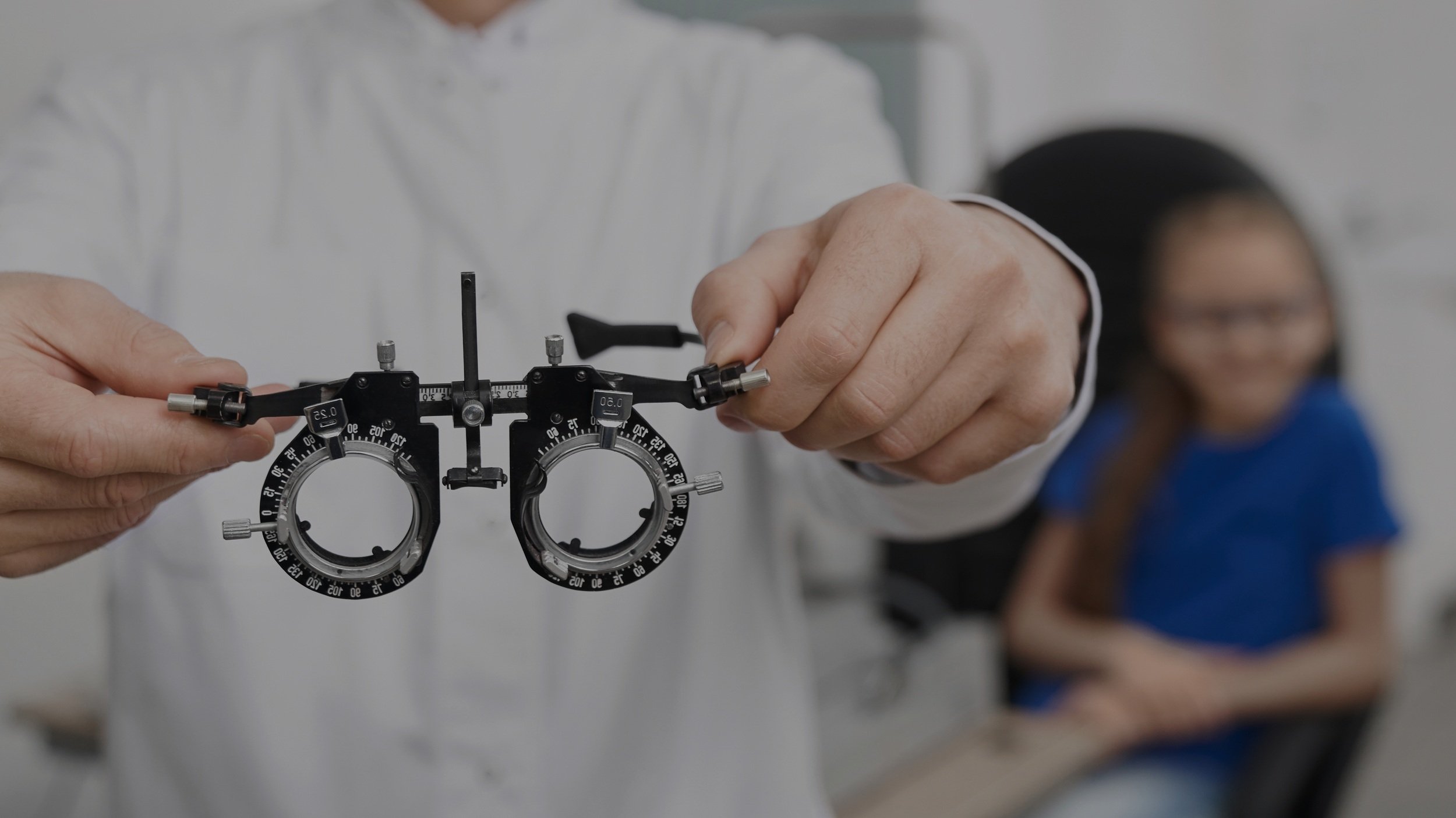
Initiate Myopia Control: Comprehensive Eye Exams
Ensuring your child undergoes regular, comprehensive eye exams at every stage of their development is crucial. These exams not only promote healthy vision development but also help diagnose potential eye conditions early on. Conditions like strabismus and amblyopia can be easily corrected when detected in their infancy, preventing irreversible damage that may persist into adulthood if left untreated. Among the prevalent ocular diseases in adults, myopia or nearsightedness remains a leading cause, necessitating proactive measures for effective control.
Addressing the Challenge of Myopia Progression
While traditional solutions like glasses or contact lenses have provided relief for nearsightedness, a contemporary approach known as Myopia Control has emerged. This innovative concept is designed to decelerate or halt the advancement of myopia, a concern given the alarming surge in myopia cases over recent decades.
LEVELS OF MYOPIA:
· Mild Myopia: -0.25 to -3.00 D
· Moderate Myopia: Between -3.00 to -6.00 D
· High Myopia: More than -6.00 D
The escalating prevalence of moderate to high myopia underscores the growing importance of myopia control in safeguarding the eye health of both parents and their children.
Myopia Control: Preventing Risk
of Ocular Disease
-
The rate of progression of myopia has been linked to the development of cataracts. The higher the level of myopia in a child, the faster the rate cataracts can develop when they get older.
-
Glaucoma is when the eye develops an unusually high pressure, where this pressure can damage the optic nerve and cause vision loss. Studies have shown that nearsighted people have a 2-3x greater risk at Glaucoma.
-
Levels of myopia also have a correlation to detached retinas. A detached retina is when the retina pulls away from the eyes tissue, often resulting in permanent vision loss.
Your child's eyes serve as the gateway to the world of learning. If their vision isn't functioning optimally, it can hinder learning and participation in recreational activities.
Myopia Control Starts With You: The Parent
Since children may not readily identify vision issues such as myopia, it becomes the joint responsibility of parents and teachers to discern signs of visual challenges in their children.
Maintain Stable Eyesight in Children with Myopia Control
Ensure your child's vision remains optimal by scheduling annual eye exams or more frequent visits if specific issues or risk factors are present. Myopia control aims to minimize changes in your child's vision. Through a successful myopia control program, an eye doctor can enhance your child's vision, monitor their myopia progression, and pave the way for a future with healthy eyesight and success.


